The staff handing out oversize baggage at Denpasar airport generally have to deal with board bags. Denpasar is the capital of Bali and the island, as everyone knows, is a popular surf destination. Our bike bags therefore appear almost exotic amongst the surfboards arriving (and accompanying surfers) as we make our way through arrivals. ION visits Bali for Whips and Waves!
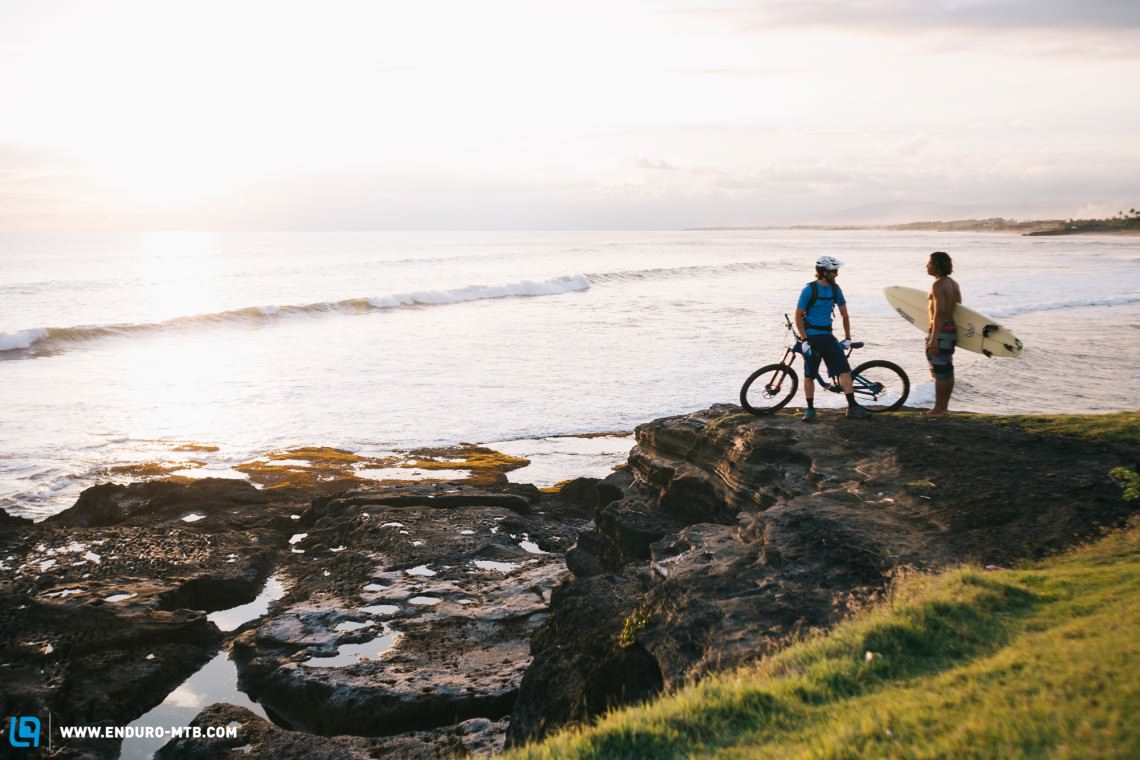
However, first impressions are sometimes deceptive. While other travellers (from Europe) tend to scrutinize us more closely, the Balinese at the airport are largely unperturbed. Here and there, of course, we encounter an inquisitive glance, but by and large our bikes on Bali cause little consternation and if they do, then it’s barely perceptible. And we thought that flying a bike to Bali would appear as bizarre as taking a surfboard to Whistler…
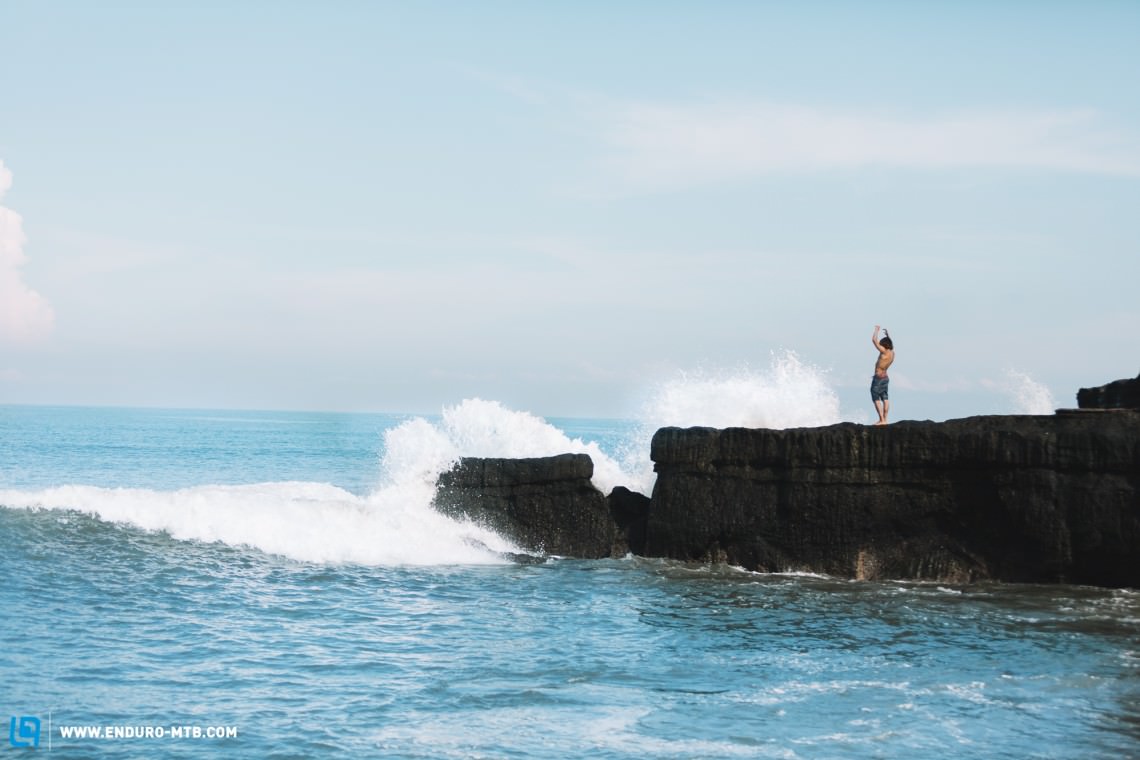
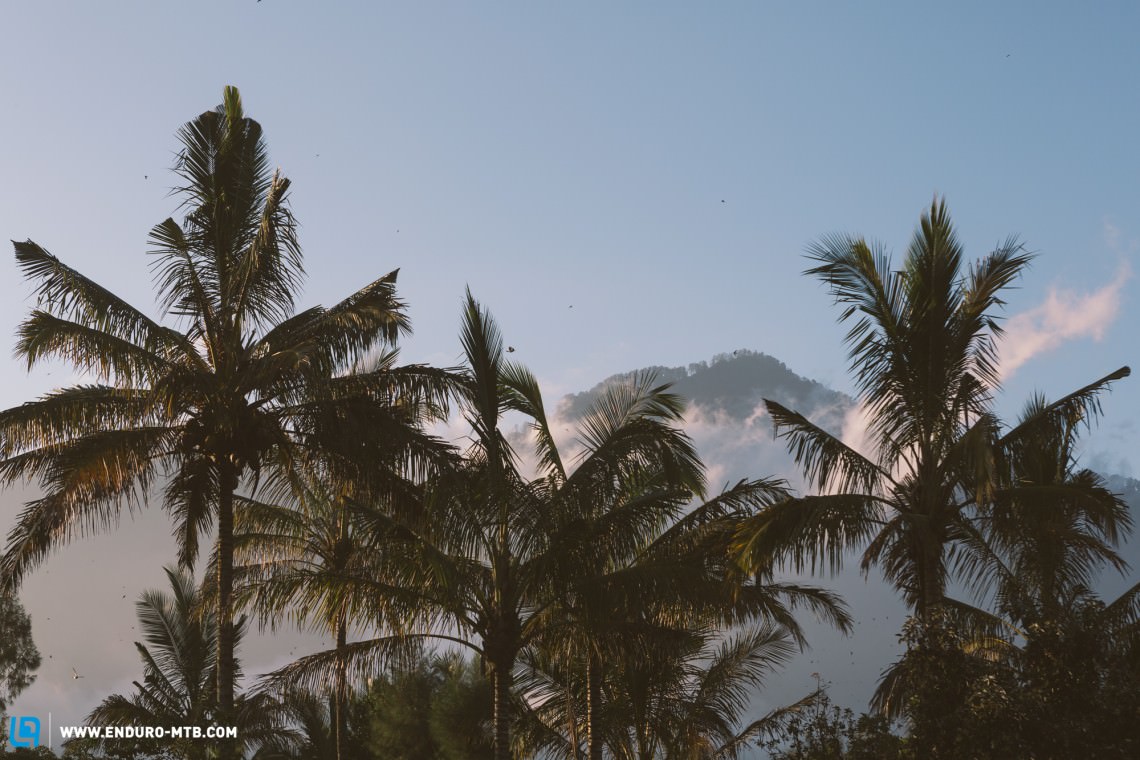

Apparently then, someone has arrived on the island with a bike in their luggage before. And it wasn’t just yesterday. It would seem that biking on Bali is relatively established (at least in some places) and consequently less exotic than the surprised European visitor might at first assume. Ivan, for example, our Indonesian guide during the Bali trip, has been riding mountain bikes since 2001 and knows nearly all the trails on the island. The fact that the Asia Pacific Downhill Challenge has been held here twice has obviously left an impression as well – Bali has a network of trails. Compared with European or even North American standards, it’s still relatively sparse, but is expanding steadily and has a lot of potential.
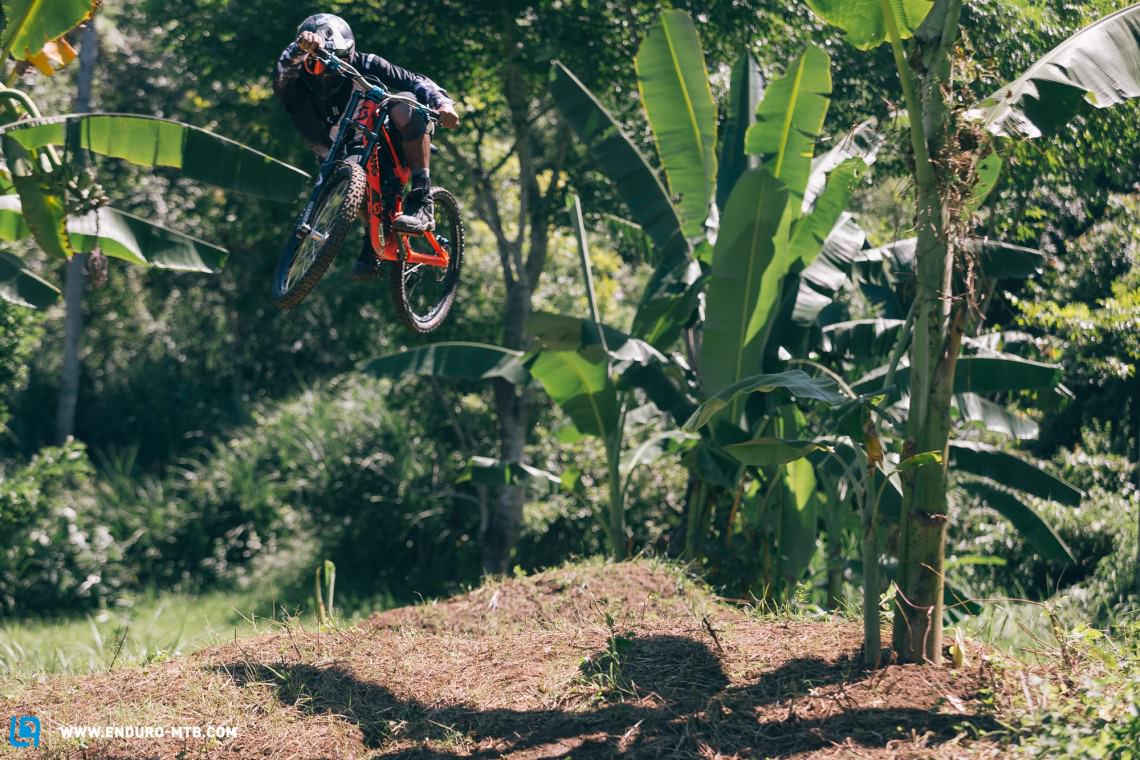

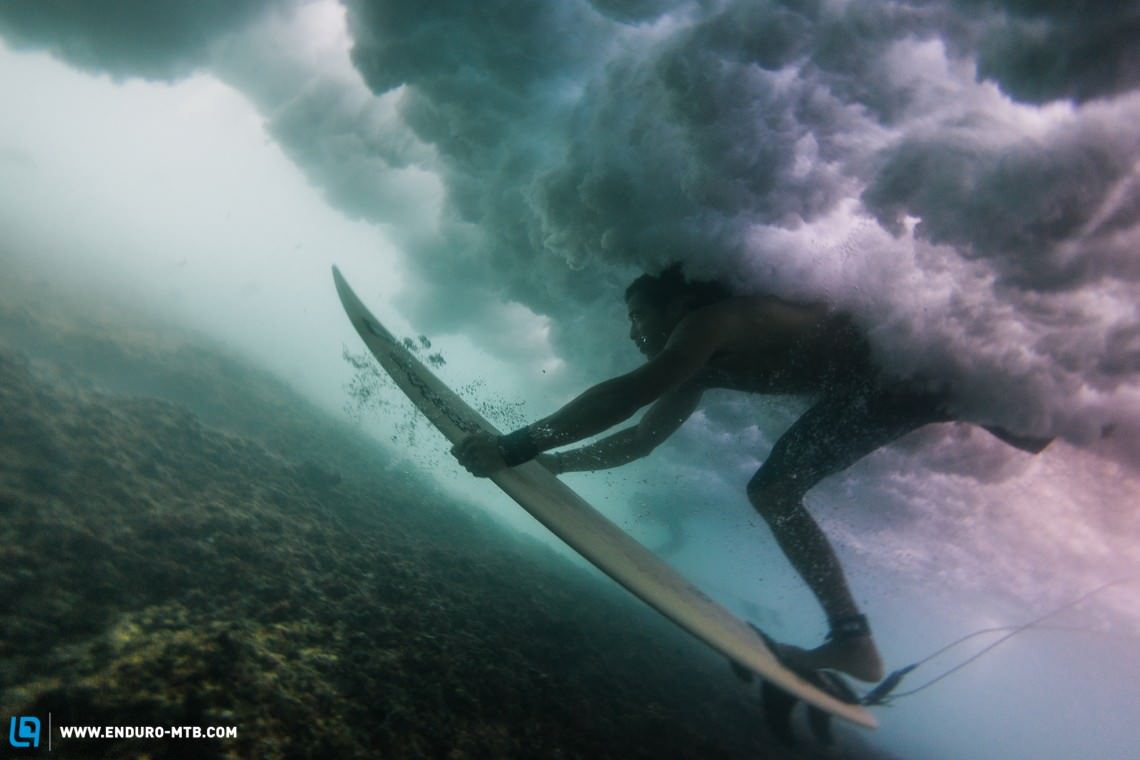
Our host has played a part in this development. His name is Alex and he is not Indonesian. Alex is an Austrian, from the state of Styria in the south-east of the country. Born in Graz, he has lived on Bali for more than eleven years. It was the waves that attracted him. And the lifestyle of the Asian island. After his first surf trip to Bali in 1998, his stays became longer and longer. That was until he and his wife Sabine decided to settle on the island. Alex gave up his teaching job, became a hotelier and now earns a living for himself and his family with the Chillhouse in Canggu. He also lives there and at the same time has made his dream come true. When swell has been forecast and the passionate surfer finds himself drawn to the water, then it’s easier to shift appointments and commitments on Bali than it is in an Austrian schoolroom. And if there are no waves, Alex grabs his bike instead of the board.
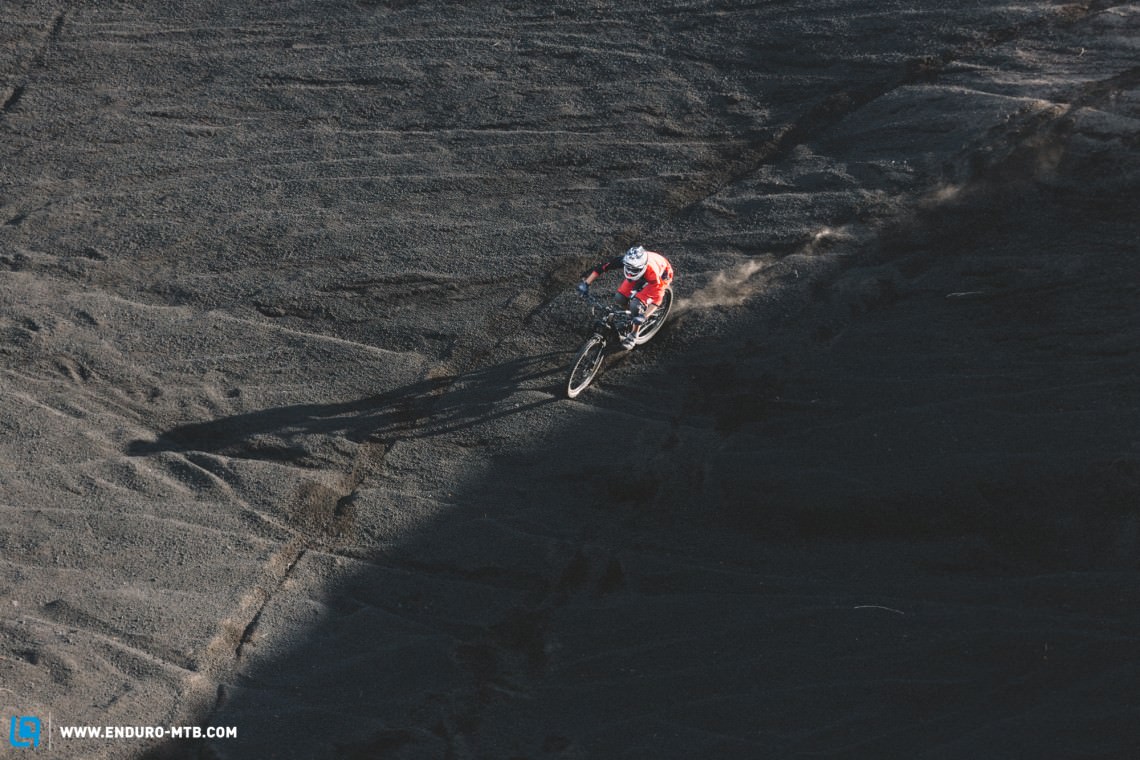
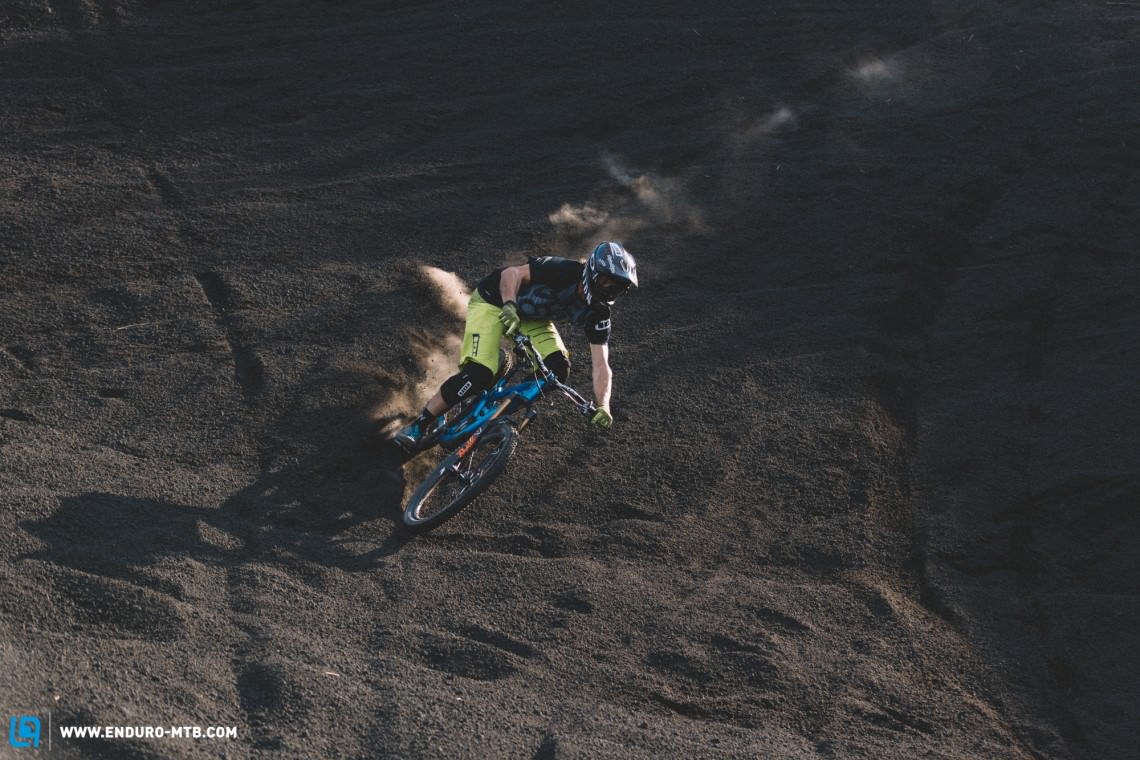
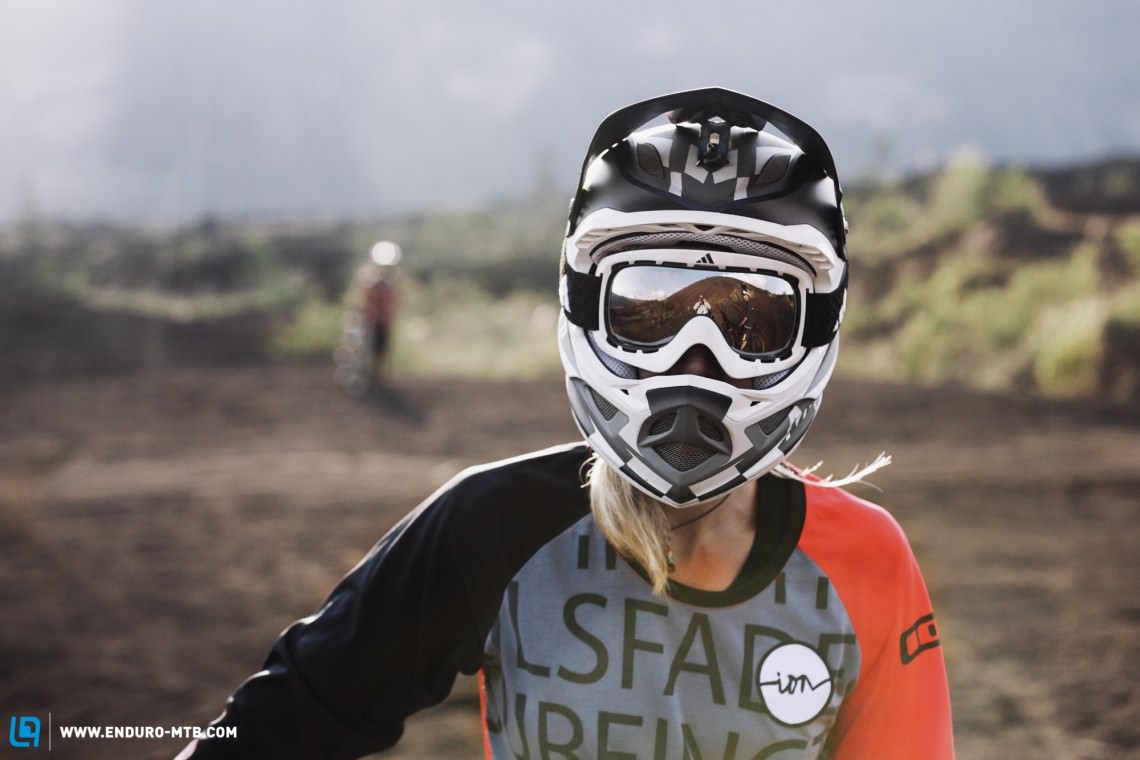
The mountains in the interior of the island, all of volcanic origin, rise to more than 3,000 metres. Depending on the time of day, they are within one to one and a half hours’ drive from the Chillhouse. In addition to the 1,700-metre-high Mount Batur, trails suitable for bikes have also been developed on numerous somewhat lower elevations in the surrounding area. A one-thousand-year-old gigantic caldera surrounds Mount Batur, offering an entire network of trails. This is where the advantage of the mountain biker over the surfer becomes apparent: one has to wait for the swell while the other can confidently rely on the fact that where people live and engage in agriculture, there will also be tracks. And the crater rim – the entrance to the trail situated near Penulisan – is no exception. The edge of this enormous crater, still almost devoid of appreciable slopes, is a delightful place to just roll along. All of the time our gaze is fixed on Lake Batur, Mount Batur (the volcano cone) and its flanks of black sand. In fast forward mode, the mind’s eye is already showing the film of the ride on black volcanic sand.
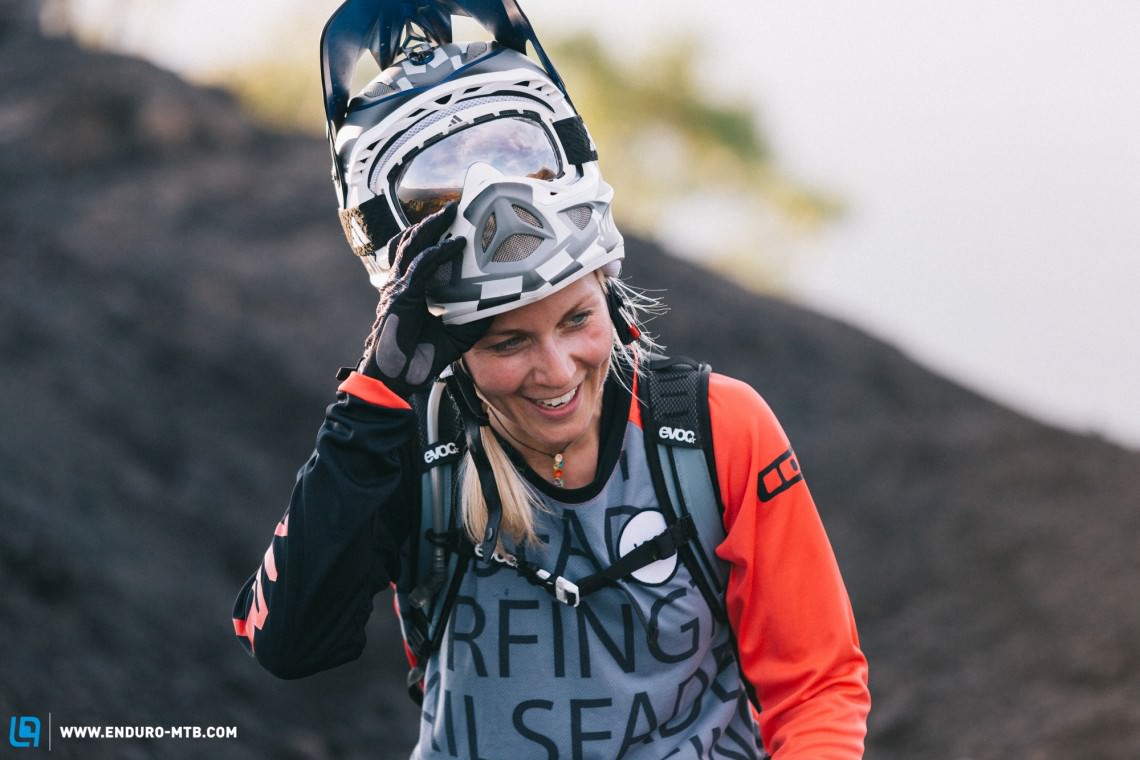
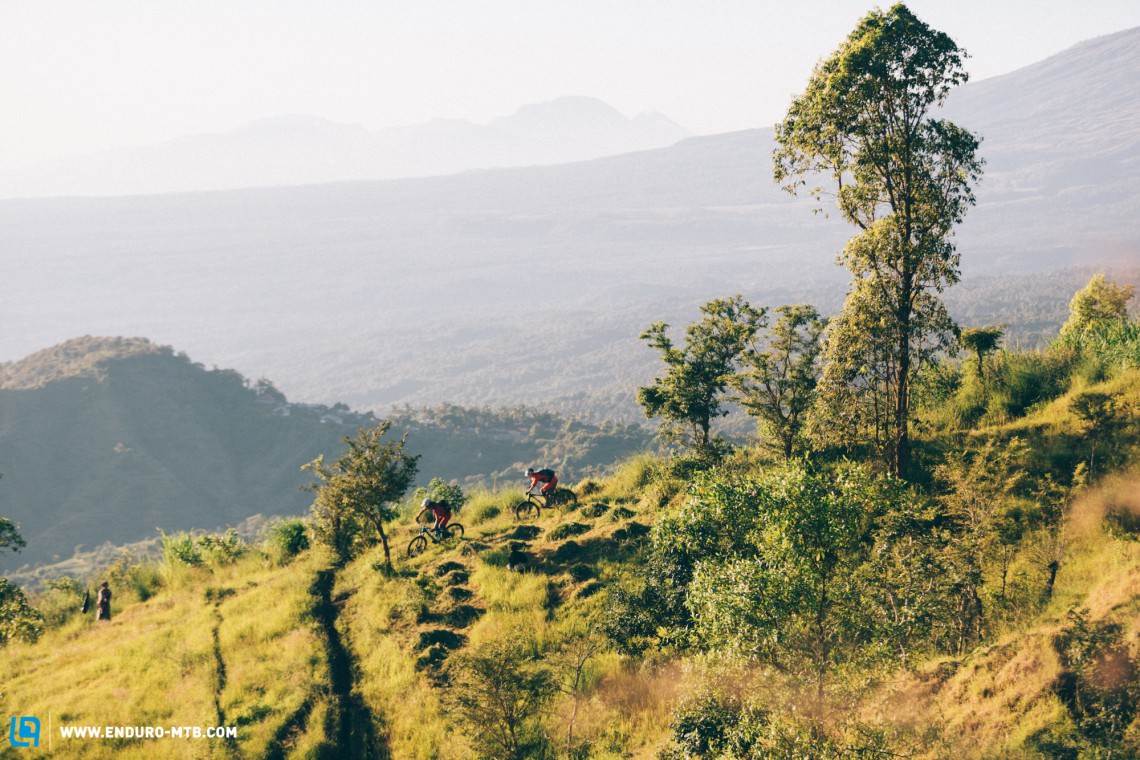
For the time being, though, the ups and downs of the crater rim trail still demand a little attention. Riding over a clay surface we first pass through a thick forest which then opens up somewhat. In return, though, sooner or later we find the elephant grass and ferns towering far above our heads. Double overhead is what surfers would call it if all this foliage were a breaking wave. Then suddenly the track is lined with sharp dry reed stems. They have been freshly cut and can cause major trouble – with their pointed diagonal cuts, the stems are razor-sharp and can effortlessly penetrate skin and the tissue beneath. If a reed slashes your arm or leg while you are riding, it’s essential to remove every last remnant. Infected wounds are definitely something to be avoided in the tropics.
Shortly before noon, after various stops to take in the panorama, we reach the highest point of the trail. At temperatures in excess of 35 degrees, a fresh supply of energy is also urgently needed, not to mention water. We take a break at a warung (a small family-owned café – an essential part of daily life in Indonesia) beneath the shade of the trees and look towards the ocean through the tropical air made hazy by the high humidity. It’s only down there, some 1,500 metres below, that the trail comes to an end, near Tianyar on the north coast. It snakes its way there, descending relatively gently. However, the surface of the track keeps us fully occupied. Tropical downpours have seriously eroded the trails over the years, and you have to concentrate hard almost all of the time to find your line past temples and local farmers at work. This does not in any way detract from the fun of riding, though. After all, who would expect a 1,500-metre descent in a surfers’ paradise? When we arrive at the bottom, the shuttle truck is already waiting for us. The question as to our next destination produces a unanimous reply: black sands.
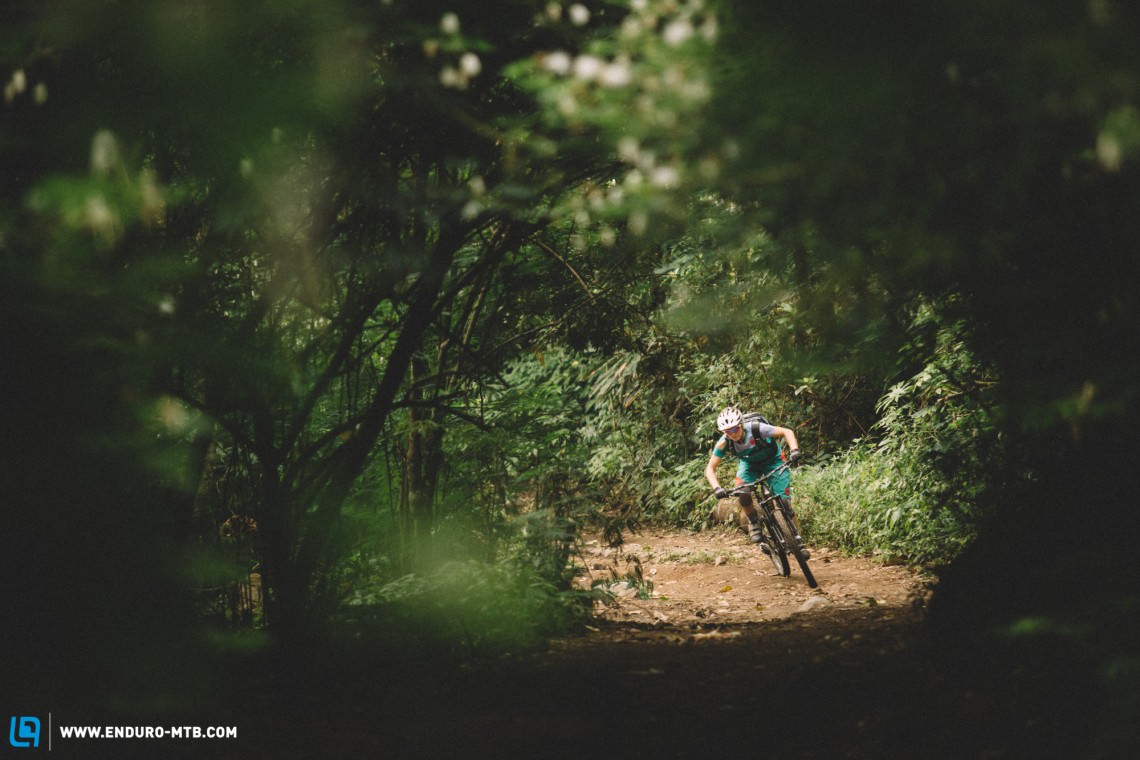
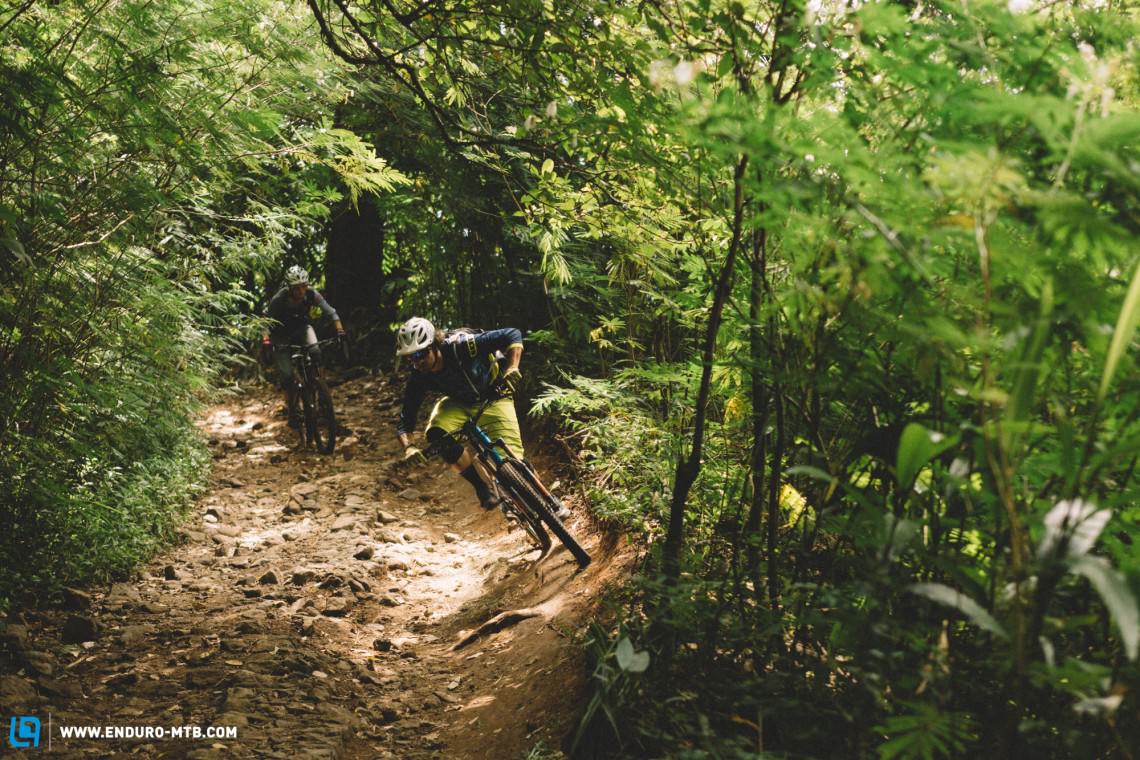
And so we cross over the crater rim this time and immerse ourselves in the world inside. There, at the foot of the still active Mount Batur, you immediately notice the large number of lorries on the move. They are transporting sand, which is used for building houses, and are full to the brim. The traffic in both directions is correspondingly slow. We practice being patient once again and have long since become aware that without this ability, it’s difficult to find happiness on Bali. Not even in one of the many hot thermal springs, to which various road signs beckon. We take full advantage of this excellent form of recuperation and mentally prepare for the next day: black sands. A Balinese mountain guide on a motor bike, who usually takes tourists to Mount Batur for the sunrise, accompanies us. Involving the locals everywhere and at any time is an essential part of Bali. Otherwise, you need even more patience. The deep tyre tracks of the motocross bikes (there are lots of them) show us that the black sand playground is usually reserved for the locals. Extending up to the first fuming sulphur vents is a well-formed hilly landscape consisting of coarse volcanic sand. The number of possible descents and options is gigantic: gravel surfing at its best! Our photographer and video cameraman has a permanent grin on his face. Unfortunately, the quality of the soil proves to be unsuitable for building substantial jumps. At least with the resources we have at our disposal. Still, it doesn’t matter, and instead we execute one virgin descent after another in the dusty and pebbly gravel of Mount Batur. Against the light of the setting sun, the sand almost explodes as two tyres pass through it. The dust trail behind the rear wheel gives the impression that it’s searing a line through the scree slopes of black rock. Somehow this seems appropriate on the flanks of a still active volcano.
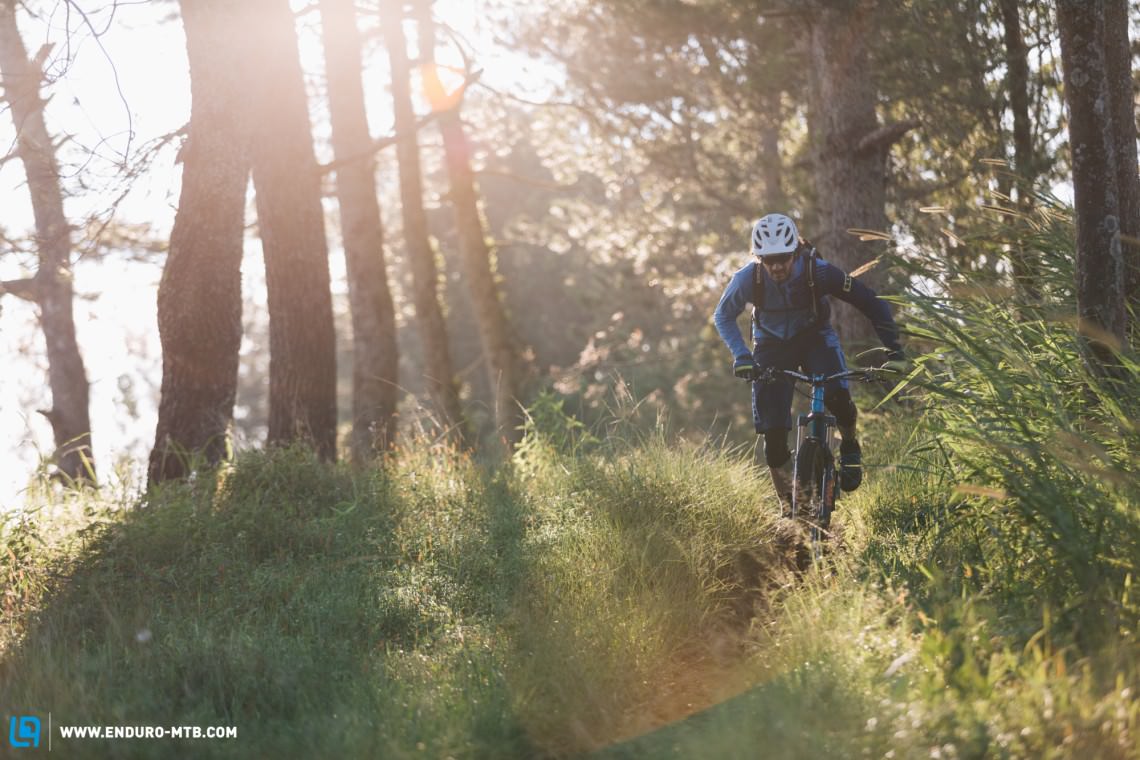
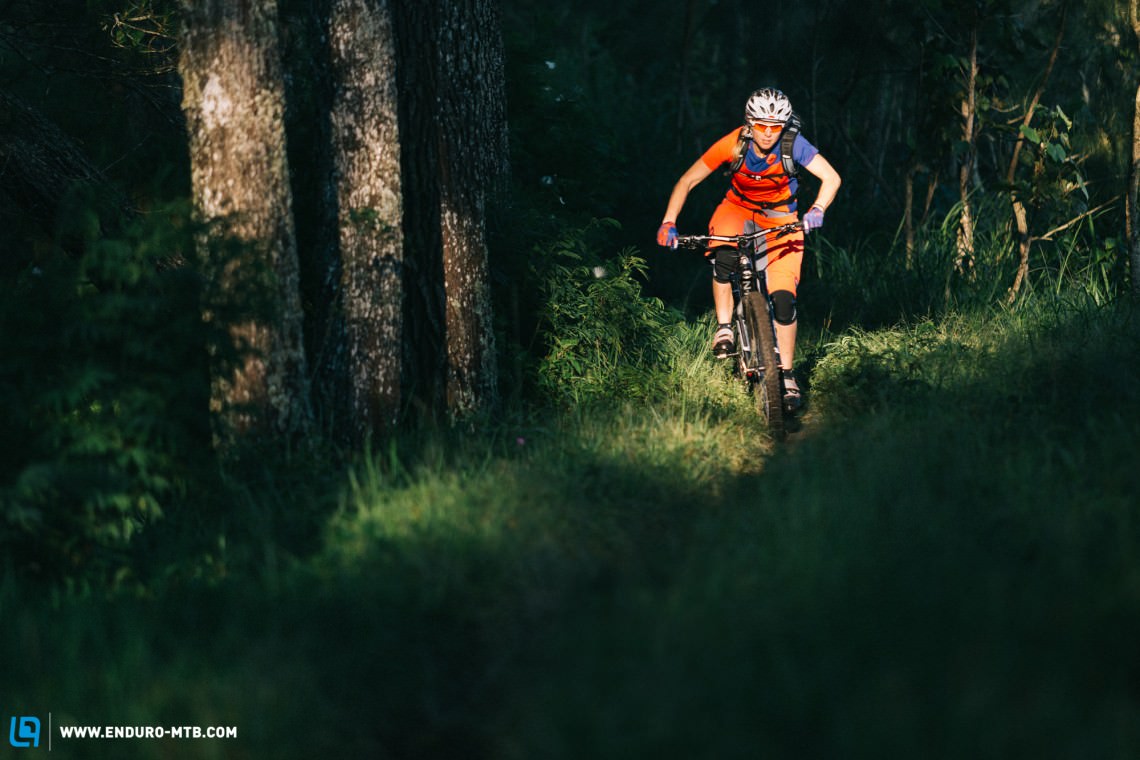

Shortly afterwards, Alex’s latest project convinces us that volcanic soil is not only fertile from a mountain biker’s point of view – see also: La Palma, Madeira. Surrounded by the dense and wild vegetation of the tropical rain forest, Alex is working on the Bali Bike Park with the aid of the local residents. The far more appropriate name for this spot, though, is simply: Jungle Playground. Getting to the park in the middle of the Balinese jungle involves a 15-minute trek – either via a still unfinished road or via a footpath worn through the undergrowth. You arrive at a clearing that represents the current centre of the Bali Bike Park. Jumps of different sizes, mostly designed as step-downs, open up the descent from there towards Lake Beratan. A steadily growing trail network in the immediate vicinity, various other obstacles and finally an official step-up jump complete the layout of the Jungle Playground, making it one of the first ever bike parks in the tropics. And because lift facilities tend to be scarce in the jungle, shuttle jeeps take care of transport to the starting point. High relative humidity and temperature mean that the shuttle services are more than welcome, and so mountain biking on Bali is mainly geared towards downhill. But that’s perfectly fine, after all, the ethos of surfing – be it on trails or on waves – occupies centre stage on Bali. Those who want to exclusively spend time notching up the altitude metres will find themselves better served elsewhere.
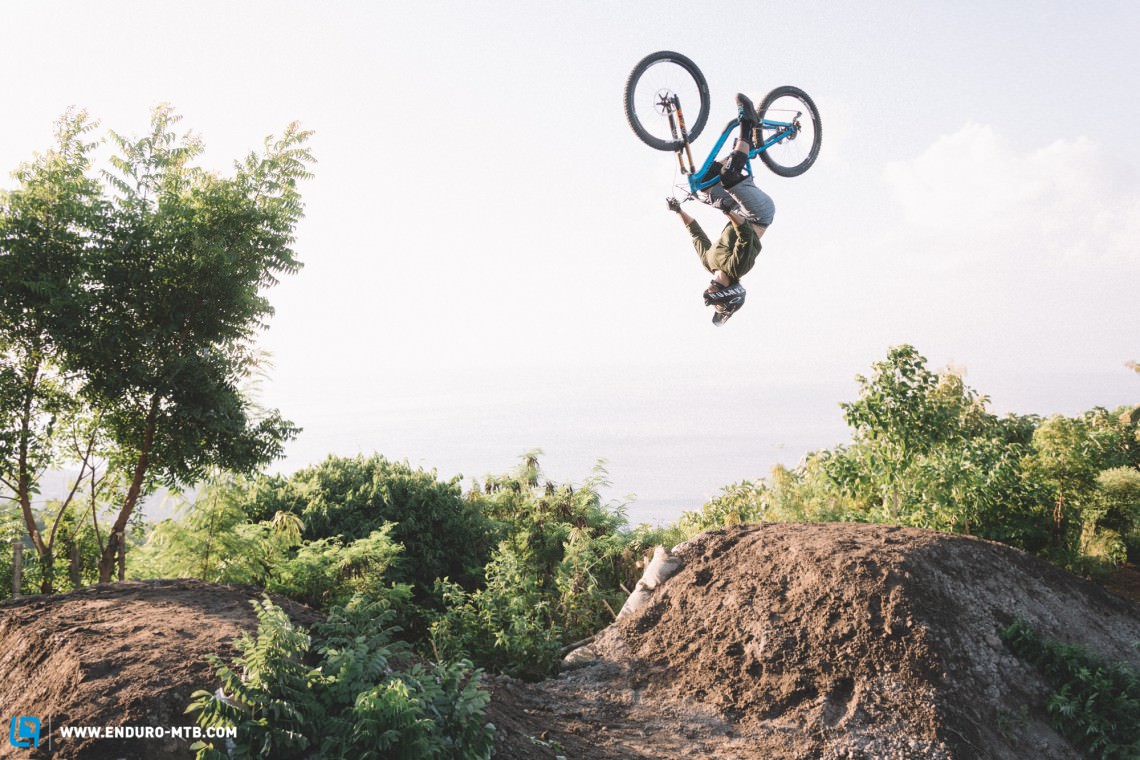
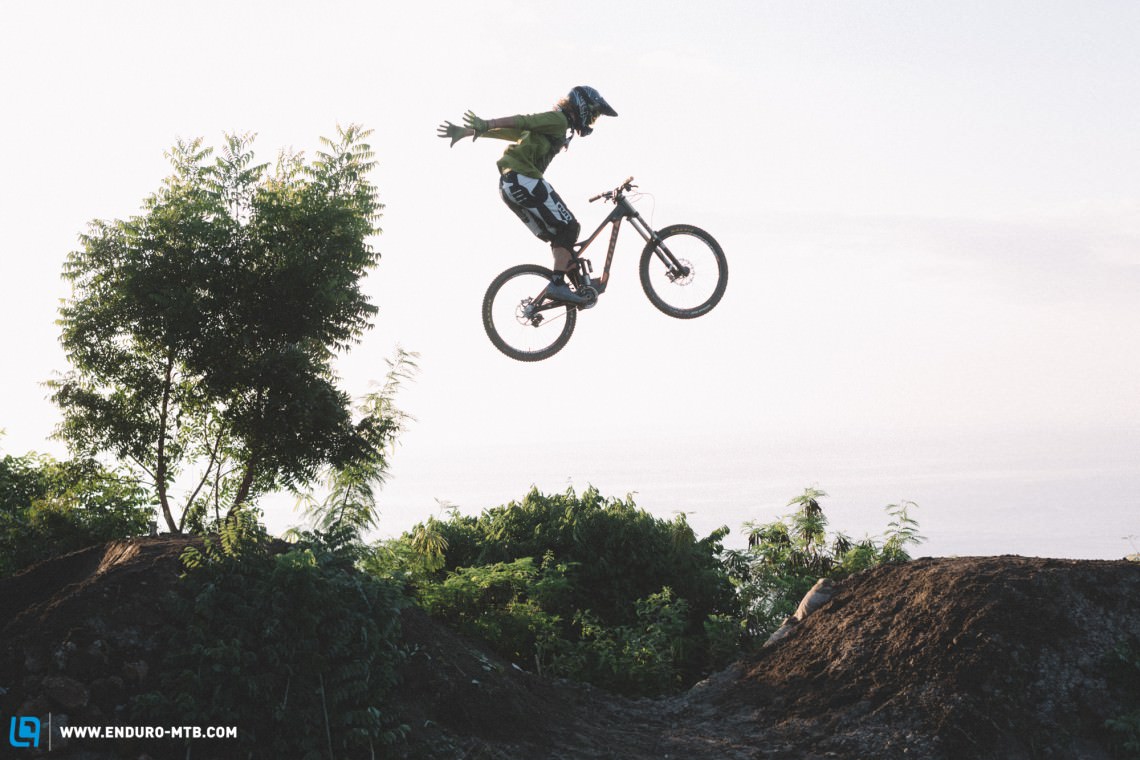
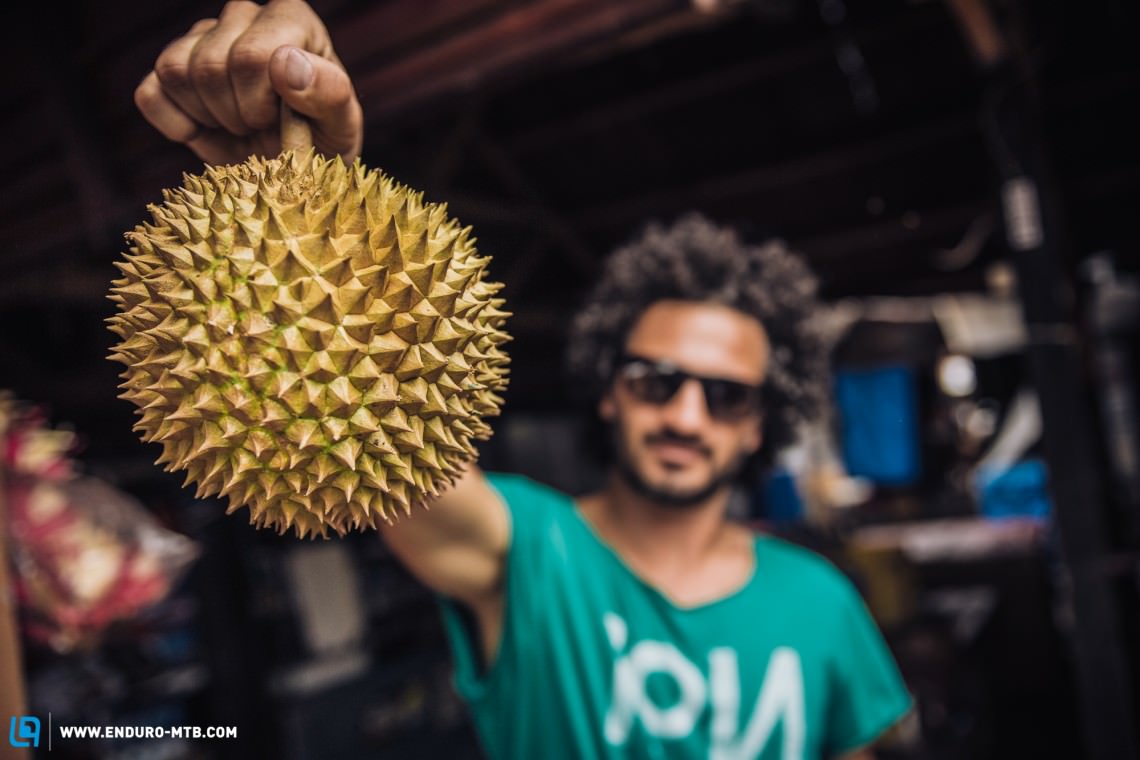
Given the serious potential to combine trail and beach on Bali, this is fine by us. In fact, we’re rather taken by this corner of the planet. Instead, after returning to the Chillhouse, we take advantage of its proximity to the water. By bike or using the country’s typical means of transport – motorbike plus surfboard – we head for the beach. Both Echo Beach and Old Man’s beach are no more than ten minutes’ ride away. The beaches are certainly not deserted. Particularly not during the numerous public holidays – determined by an extraordinarily complicated calendar. However, they provide a brief cultural insight into how Balinese families spend their public holidays. Our host Alex promises us more seclusion on what is known as the Ricefield ride. It starts as a simple trail in the World Cultural Heritage site of Jatiluwih and passes through rice terraces to the coast. It’s a leisurely ride there, without any technical challenges, but not boring. The scenery is inspiring and we’re in cruising mode. After dropping some 800 metres in height, we arrive back at the ocean. And here, a little to the west of Tanah Lot temple are expansive beaches, which are by no means as busy as those in Canggu. And they stretch for kilometres. Depending on the tides and the swell, there are also good waves. Yet they don’t immediately attract hordes of surfers. But we move on, the agenda for the next few days looks promising.

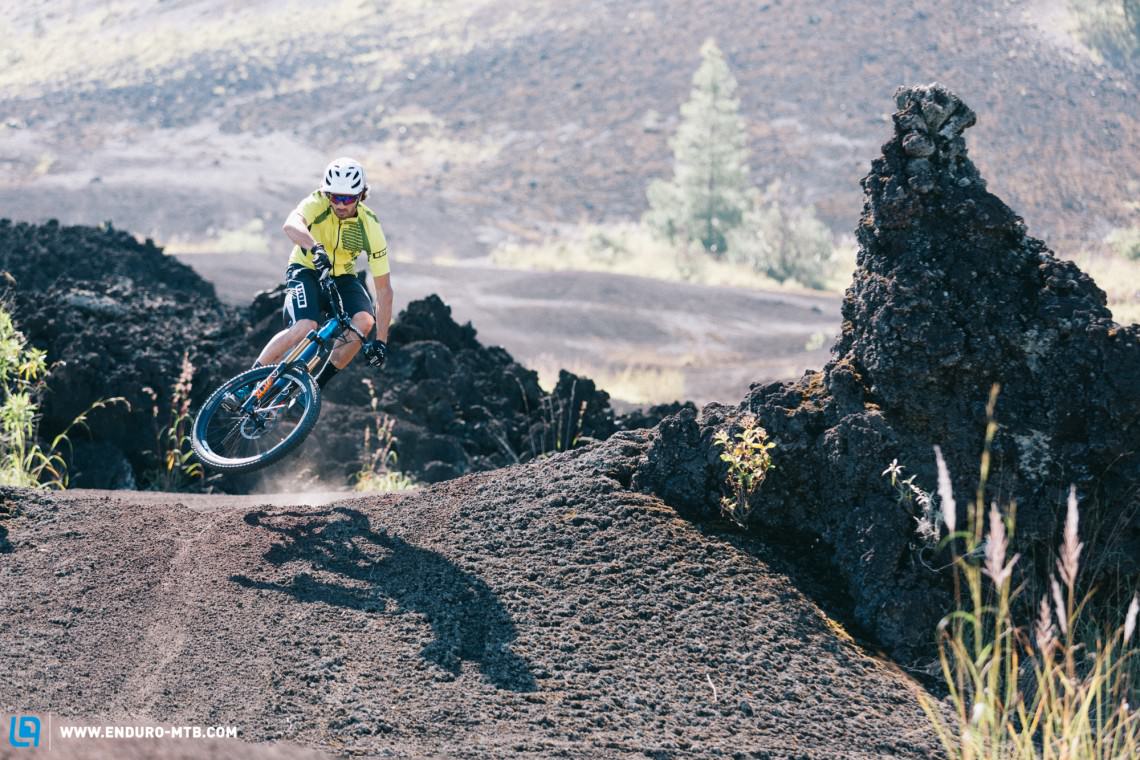
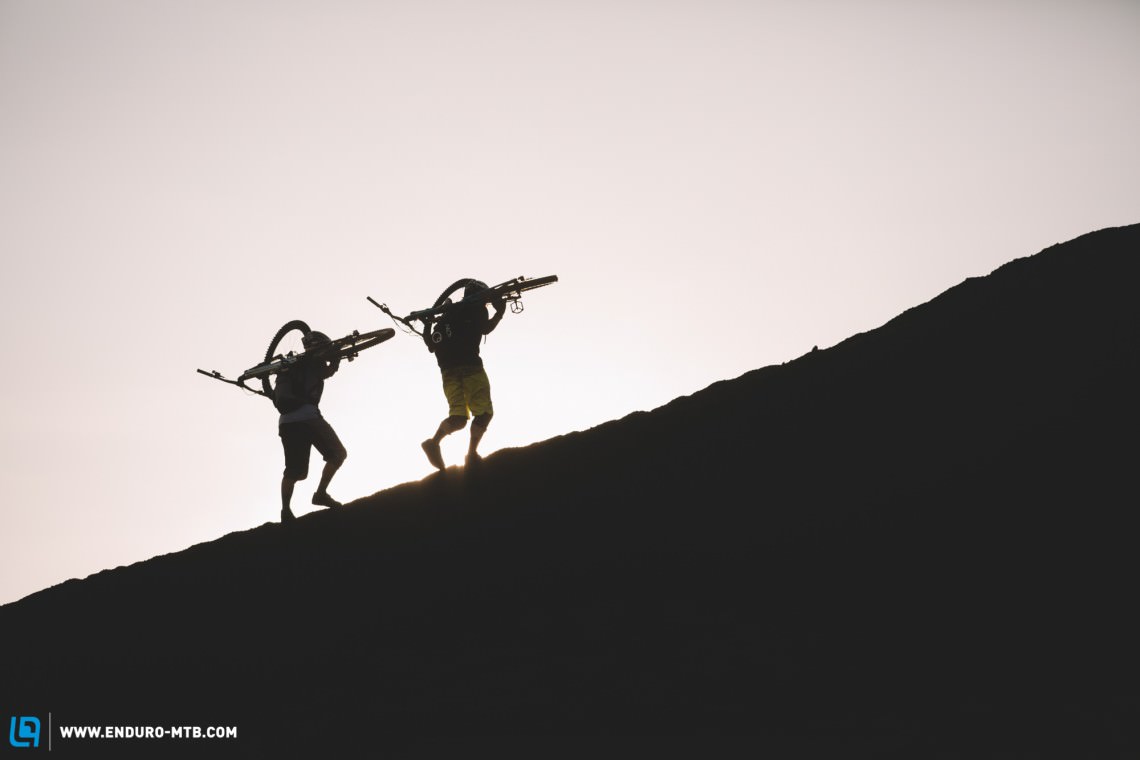
Early in the morning, we manoeuvre through the increasingly dense traffic around Denpasar. Failing to observe the departure times recommended by your guide in Bali means you are immediately penalized by having to travel at a snail’s pace. Alex had drummed this into us, repeating it over and over again, like a mantra. After all, our aim is not to experience the first rays of the sun in a traffic jam, but on the track from Klungkung. This track was and is the venue for the Asia Pacific Downhill Challenge. With the aid of the local farmers, we were able to modify the track a little: the result was a double with an ocean backdrop in the upper section. Rising sun, Bali, backflip. It doesn’t get much better. Shortly afterwards the trail disappears after a right-hand bend followed by a table between palms in the undergrowth. Briefly, the greenery opens up, revealing occasional glimpses of the rolling waves in the nearby ocean. Every few metres, the trail passes close to the road before submerging back into the mishmash of deciduous trees, palms, grasses and other plants. At its lowest section, the Klungkung track crosses a steep slope via some north shore elements before veering off across a cliff towards the target double. Only a few metres now separate us from the beach. That means it’s decision time again: to ride another lap or head into the water? On this occasion we opt for the water and head towards Balangan. The surfing spot there is regarded as one of the best on Bali – only one of our team feels capable of facing the challenges of the very fast and demanding waves. The rest of us make do with looking on and asking ourselves what Bali will be able to offer mountain bikers in the future. And whether there might not after all be a trail allowing us to surf down from the 3,000-metre peak of Mount Agung to the ocean.
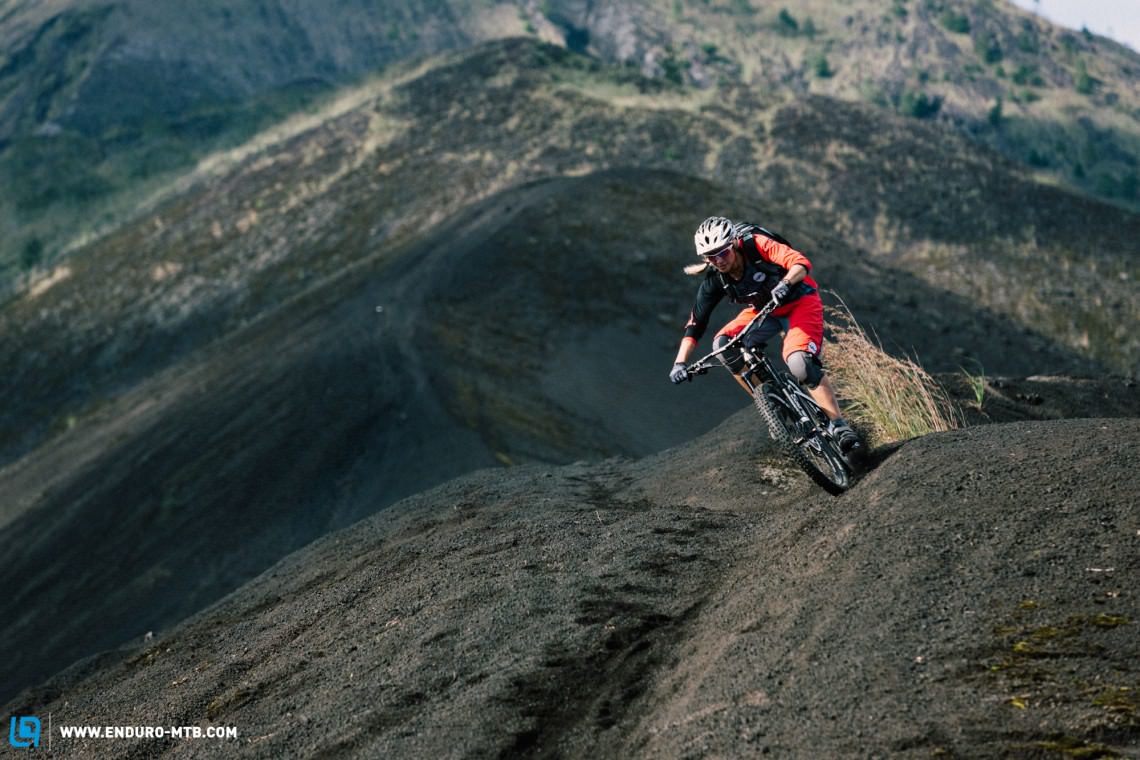
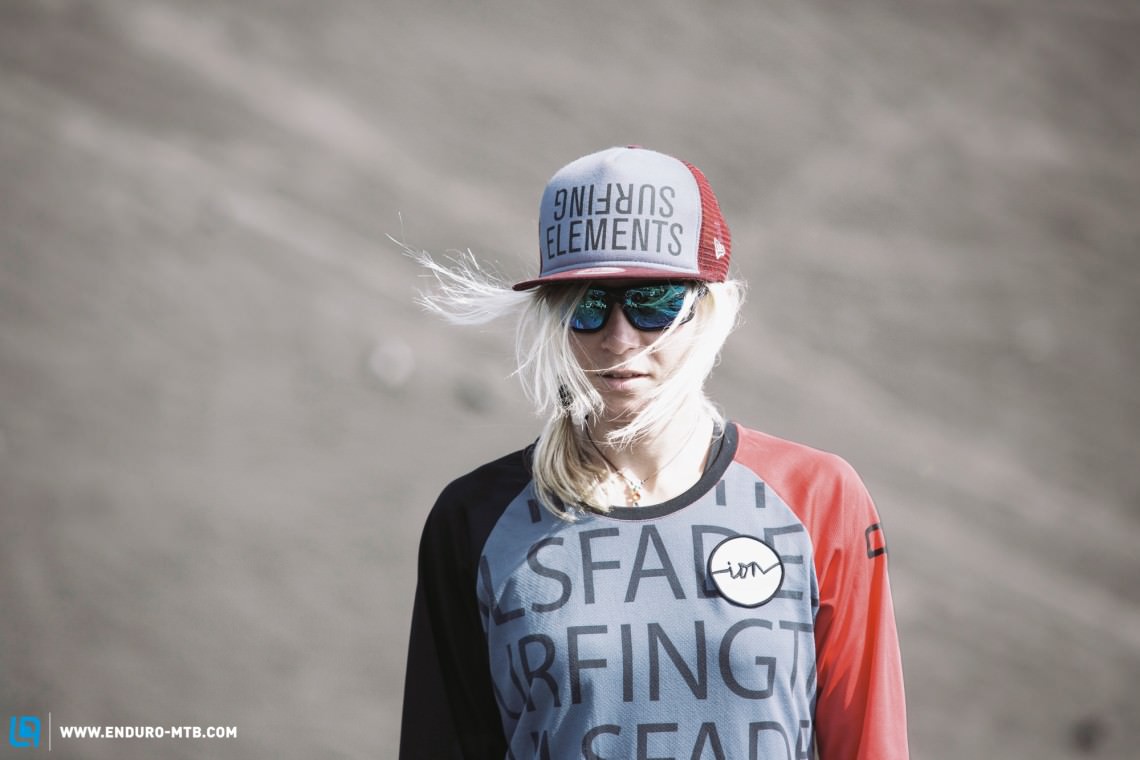
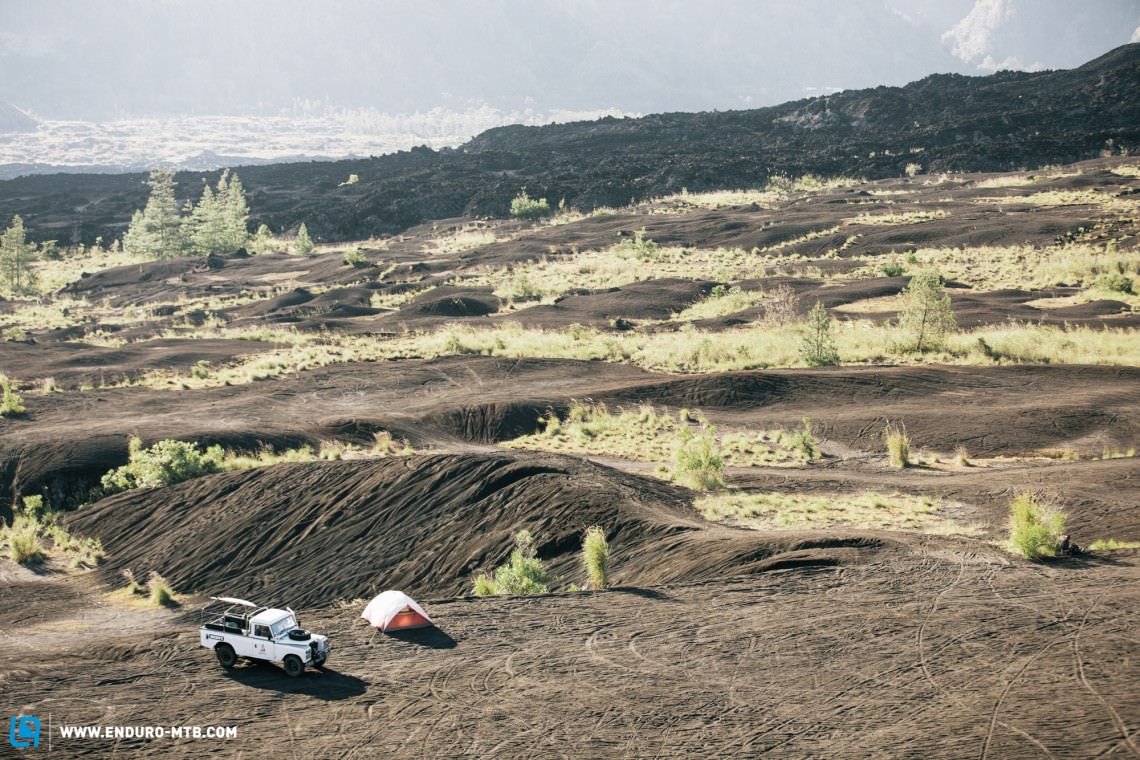
Words: ION Photos: Sebastian Doerk, Gerhard Engelbrecht
Did you enjoy this article? If so, we would be stoked if you decide to support us with a monthly contribution. By becoming a supporter of ENDURO, you will help secure a sustainable future for high-quality mountain bike journalism. Click here to learn more.









